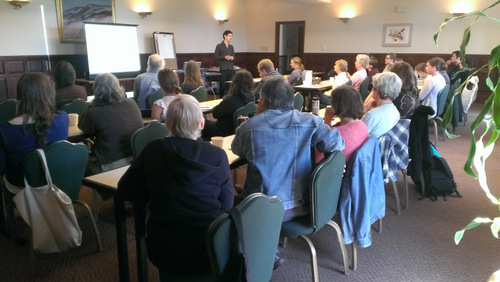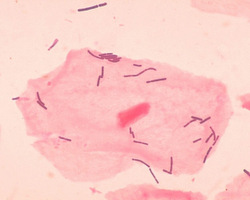 The following is from a story written for the Monroe, Maine town archives describing the Monroe Cheese Factory, which operated for at least 50 years in the center of Monroe, near the falls, until 1936. It includes a description of a very particular product — Skipper Cheese — that they specialized in “before the days of food laws.”
The following is from a story written for the Monroe, Maine town archives describing the Monroe Cheese Factory, which operated for at least 50 years in the center of Monroe, near the falls, until 1936. It includes a description of a very particular product — Skipper Cheese — that they specialized in “before the days of food laws.”
You may remember the “Good Old Days” when you could walk into any grocery store around [Maine] and order a slab of Monroe cheese.
Though the age of automation has brought to humanity untold comfort and pleasure, the days of horses and hard hand work had their compensations. Monroe cheese was one of them.
Like the nine mills that once flanked Monroe Stream, the cheese factory was of an era that saw Monroe become a prosperous center of activity. It was the age when people worked from dawn to dusk, wood was sawed by hand, and a farmer milked by hand and drove the milk by horse team to market.
Continue reading


